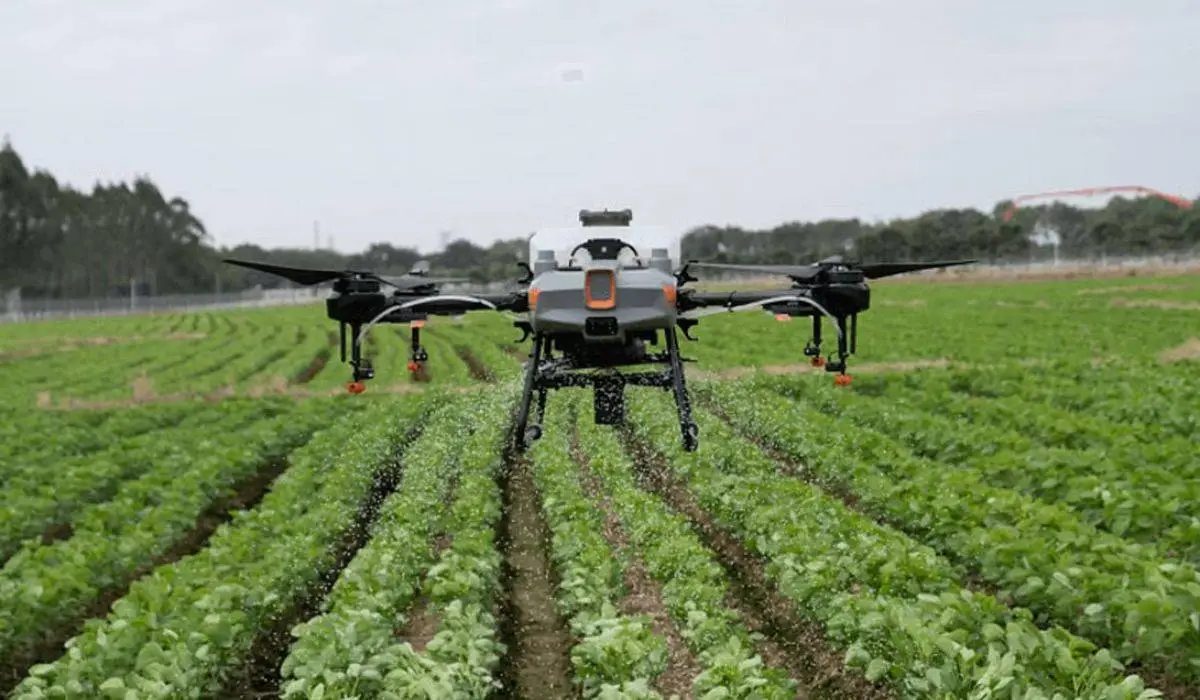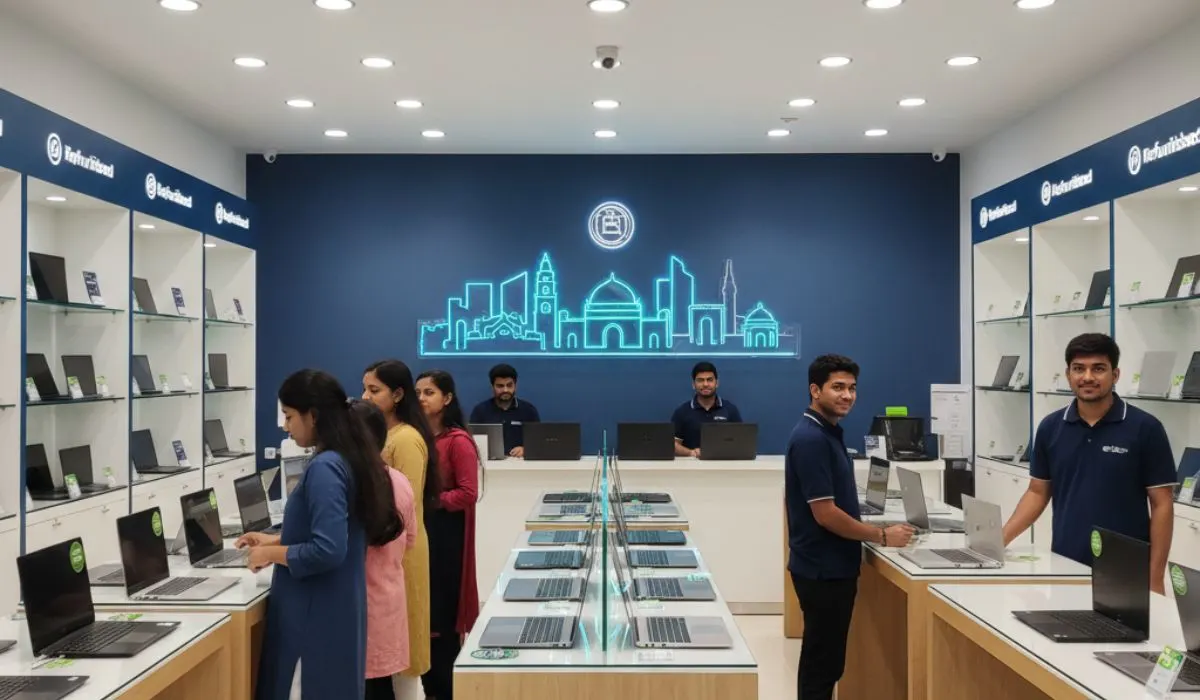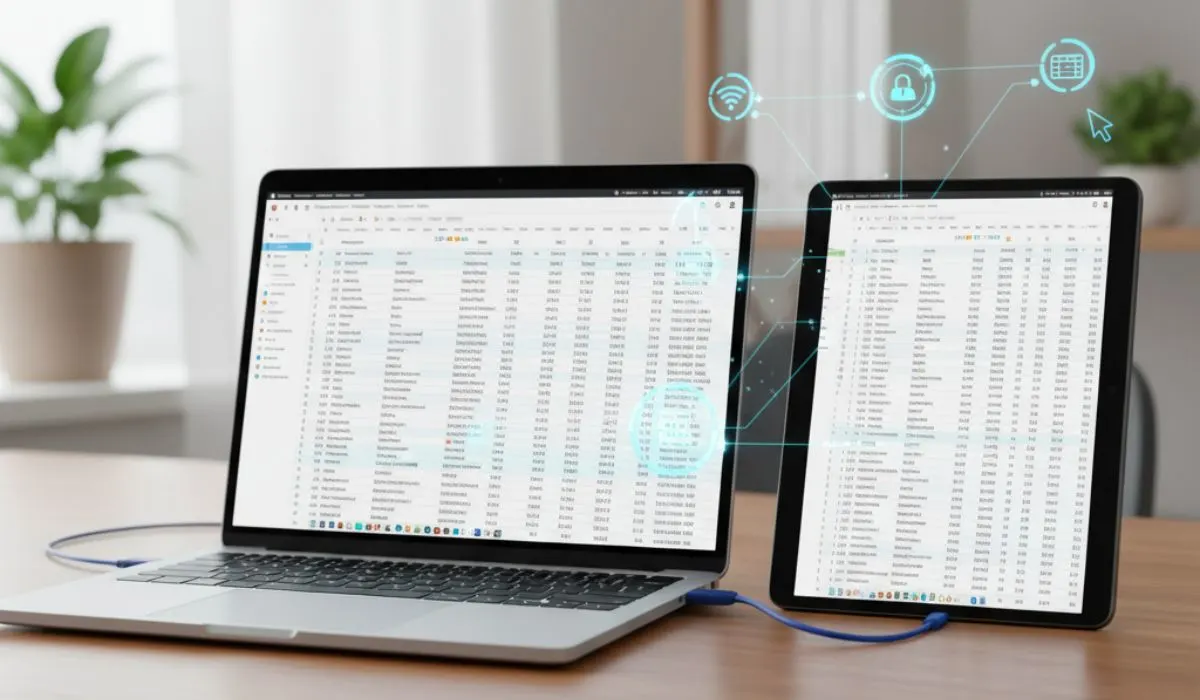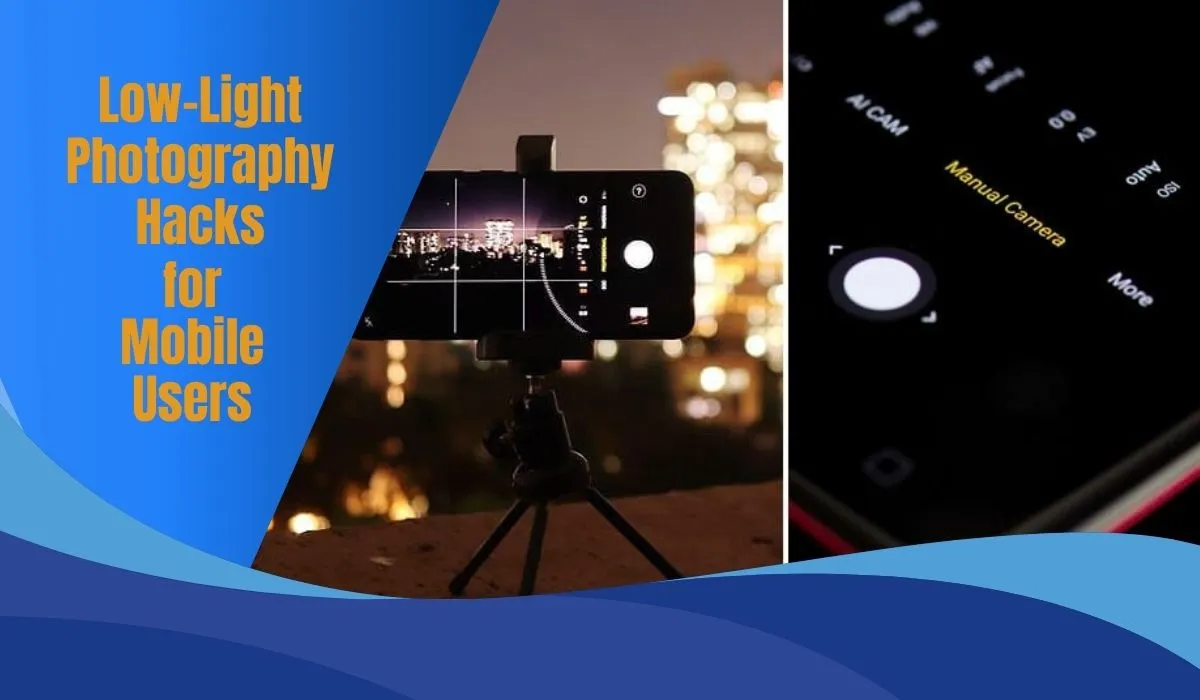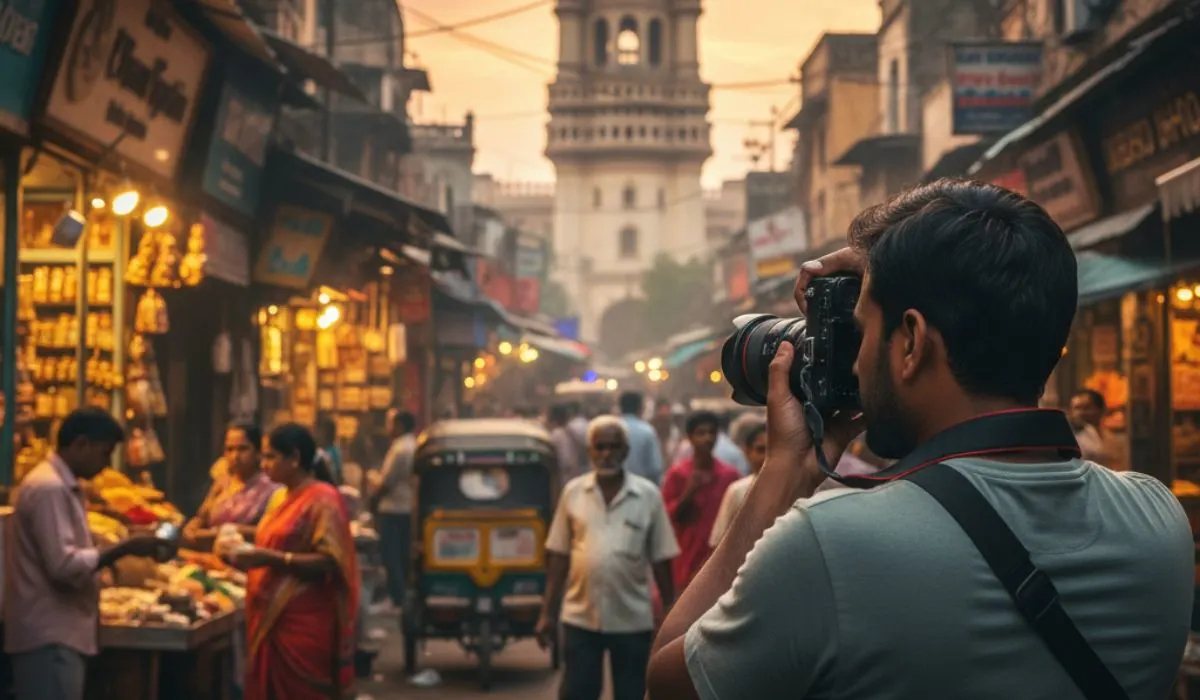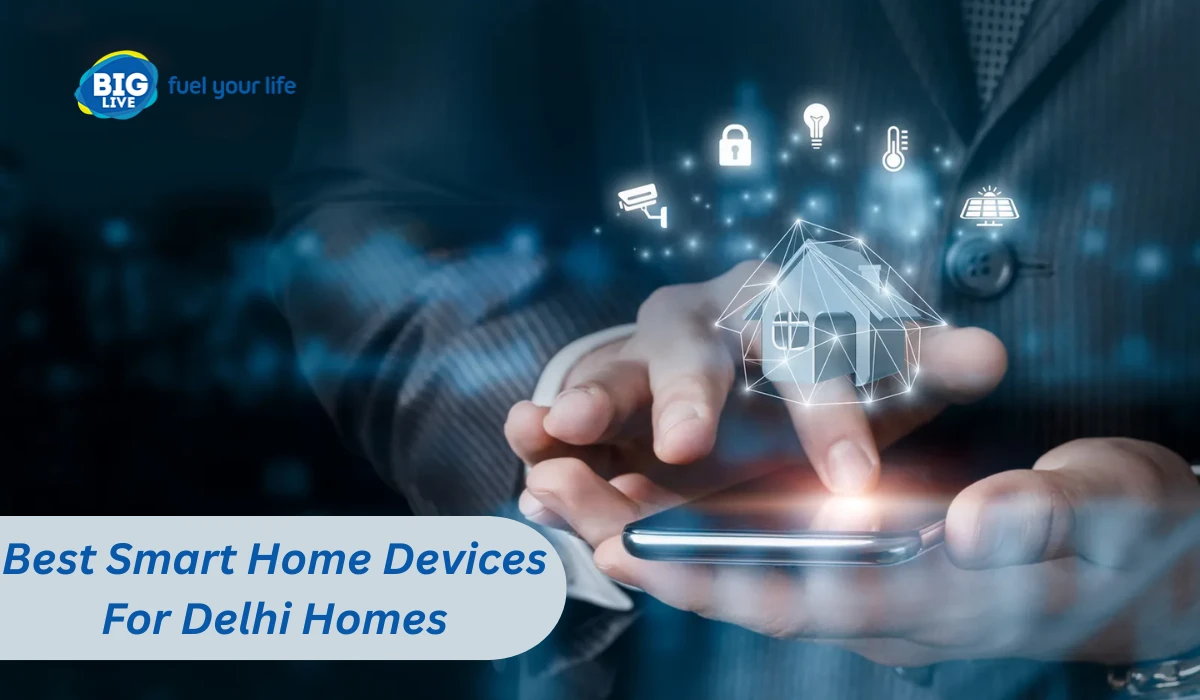Nano Ganesh is a remote-control irrigation system that allows farmers to remotely control it. The water pumps can be controlled via mobile phones. Agri drones are aerial vehicles that perform tasks like spraying pesticides and fertilisers. Nano Ganesh uses mobile phone technology, while agri-drones use aerial platforms; this is the key difference. To address challenges such as labour shortages and scarcity, technological innovation is used in Goa. Nano Ganesh and agricultural drones are revolutionising traditional farming methods.
Related: Best Flight Controller For Drone: A Simple Guide
Nano Ganesh: Revolutionising Irrigation Management
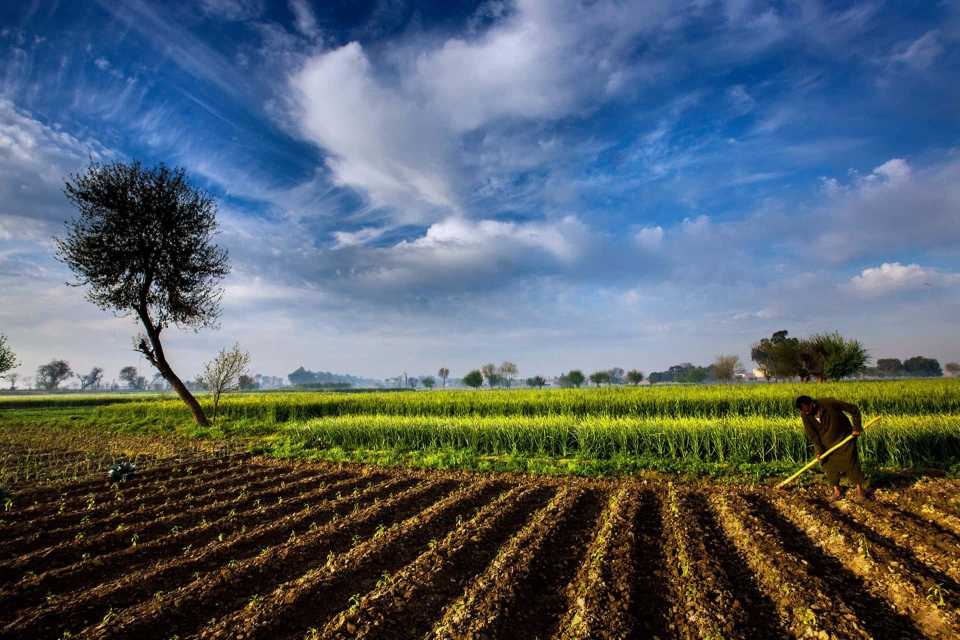
What Is Nano Ganesh?
It allows farmers to remotely control their water pumps via mobile phones developed by Ossian Agro Automation. It is a wireless irrigation automation system. It solves problems like checking power supply and even theft. It provides ease of use to the low-literacy farmers. It can be operated in challenging conditions like poor power supply and hazardous locations.
How It Works?
It controls the system for water pumps by connecting a mobile phone to the pump's starter mechanism. Pumps can be switched on or off by sending a text message or dialling a Nano Ganesh Goa.
Benefits for Goan Farmers
- Remote Control: Farmers can operate pumps, saving time and effort.
- Accessibility: It can easily be used by illiterate farmers.
- Energy Efficiency: It prevents water wastage, allowing control of pumps.
- Enhanced Productivity: Healthier crops and better yields are there due to timely irrigation.
- Cost Savings: Reduces need for labour and operational costs.
Agricultural Drones: The Future of Precision Farming
Introduction to Agri Drones
They are unmanned aerial vehicles (UAVs) having cameras and sensors to monitor crop health. Assessing soil conditions and applying fertilisers or pesticides can also be monitored. The adoption of drone technology is increasing with initiatives like Drone Didi. They significantly reduce labour and time.
Applications in Goa
- Crop Monitoring: To detect issues like pest infestations, drones are used to capture images.
- Aerial Spraying: Chemical usage can be reduced by using spray fertilisers and pesticides.
- Soil Analysis: Sensors are used to analyse soil health.
Real-World Implementations
- Nuvem Village: Farmers in Nuvem use drones to ensure that nutrients are delivered accurately to the crops.
- Varca Village: Farmers in this village use drones for surveillance and agriculture.
Government Initiatives Supporting Technological Adoption
Namo Drone Didi Scheme
The Government of Goa has launched this central scheme. It aims to empower women's self-help groups (SHGs) by providing 15000 selected women. Women are trained as pilots. These trained individuals can then offer drone services to local farmers, promoting technology.
Financial Subsidies
In order to promote drone technology, the government is providing financial assistance:
Central Subsidy: Subsidies to women are provided for the purchasing of drones under the Namo Drone Didi scheme.
- Additional Support: For farmers considered under the category of Scheduled Castes, Scheduled Tribes, and women farmers, an extra 10% subsidy is provided.
Robotics: From Field Scouting to Weed Removal
A. Autonomous Agricultural Robots
In smart farming one of the most cutting-edge frontiers is the integration of field robots. These machines navigate farms and gather data, reducing human workload.
Weed-Detection Robots
Weeds from crops can be distinguished using CNN with remarkable precision in real time. Weeds can be mechanically removed if detected even once or spot-sprayed with minimal chemical use. This protects the time and environment.
Hybrid Drone-Rover Vehicles
These machines are perfect for challenging terrains. They merge drone aerial mapping with ground functionality.To spray, monitor, and even physically remove weeds, these machines can be used.
Applicability in Goa
Goa’s common spice gardens and hill plantations make it a fit for precision robotics using polyculture farming systems.Organic farms are likely to embrace robotic weeders, eliminating the need for Agri drones farming Goa.
You May Also Like: AI Drones to Watch Over Bihars Bridges
Weather Stations & Microclimate Monitoring
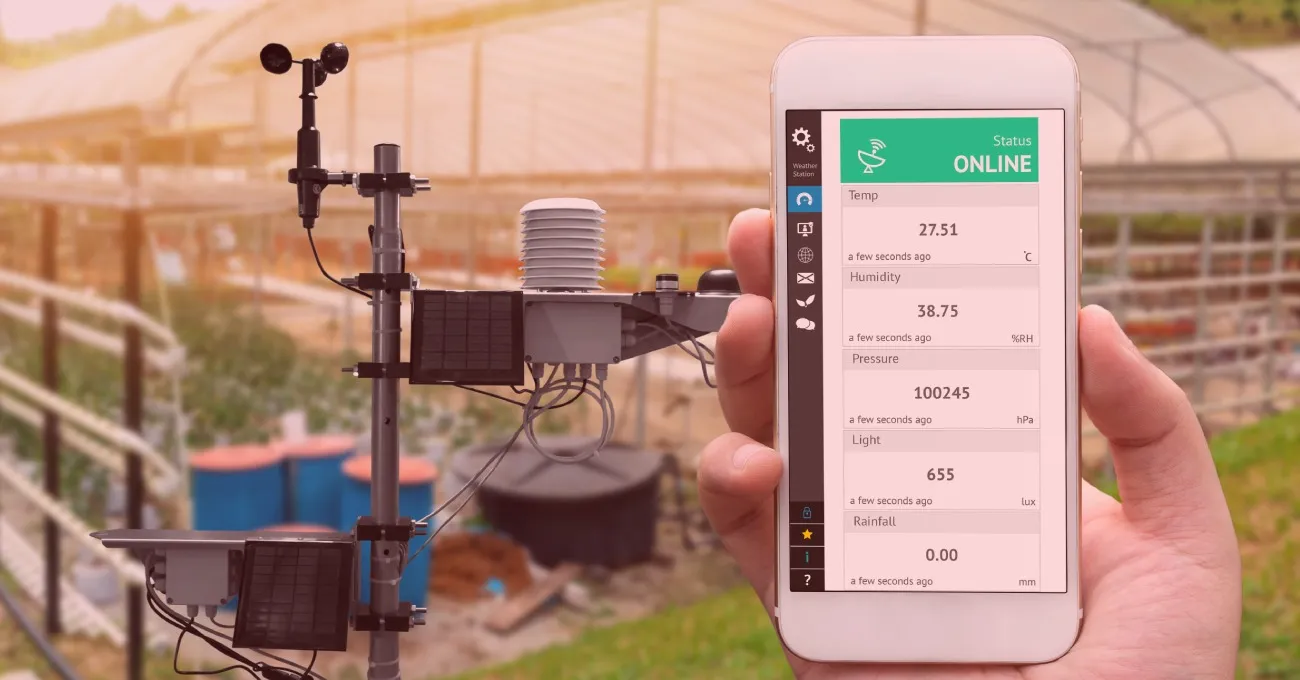
Why They Matter
Agriculture is at the mercy of the weather in states like Goa with high seasonal variability. Automated weather stations offer data on temperature and rainfall, helping farmers plan.
Relevance in Goa
The microclimate monitoring becomes vital. With AWS, farmers can:
- Choose optimal sowing windows.
- • Just before a downpour, avoid applying fertilisers.
- To reduce losses, plan harvests more efficiently.
Government Support
The Digital India Agriculture Mission has begun subsidising AWS. When integrated with mobile apps, these tools can dramatically increase local decisions.
8. Mobile Apps & AI Assistants
In a farmer’s pocket smartphones are becoming the most important tool. Some apps transforming the daily lives of Goan farmers are:
Existing Tools
- Kisan Suvidha: It provides live weather updates, pest alerts, and crop protection tips.
- AgriApp: On seed selection it provides expert advice. It is especially useful for horticultural and vegetable growers.
- mKrishi: Regional languages and voice commands are supported. Bridging the literacy gap for older or semi-literate farmers in rural Goa.
Breakthrough Innovation: KissanAI’s Dhenu 1.0
This voice assistant supports languages like Hindi, Hinglish, and English. It is built specifically for women farmers. Dhenu 1.0 offers localised crop advice and even market linkage support—making cutting-edge tech as accessible as a phone call.
9. Livestock Monitoring & Dairy Tech
A. Dvara e-Dairy Platform
This progra uses biometric identification for cattle. It enables real-time health tracking, insurance integration, and digital credit. Through its mobile app, Smart farming gadgets:
- Milk yields
- Health alerts for animals
- Fertility cycles
Under this platform, more than 82 crore in loans have been disbursed, helping smallholders scale sustainably.
B. Connected Cow
These sensors provide 24/7 monitoring of livestock. It can detect illness, stress, or unusual activity. Before costly health declines, farmers receive app alerts, enabling quick intervention.
Nanotech & Nanosensors
Emerging Applications
- Nano pesticides: While minimising environmental impact, enhanced targeting and extended release.
- Nanosensors: Nanosensors monitoring soil nutrients, moisture, and plant health enable proactive farming.
What This Means for Goa
In controlled environments like poly houses or greenhouses, Goa's horticulture and boutique spice operations could be early adopters.
Challenges and Considerations
Fragmented Land Holdings
They are agricultural lands divided into many small plots, typically due to inheritance laws. The parent's land is distributed among their children. Which leads to decreased productivity and underemployment. This process reduces income.It even increases management costs and contributes to rural poverty and inequality. The agricultural landscape of Goa is characterised by fragmented land holdings, which makes the deployment of large-scale drone operations challenging. However, community-based models like SHG-run drone services are helping mitigate this.
Regulatory Restrictions
Including the entire coastline, approx. 30% of Goa's land falls under red zones, wherein the drone operations are restricted. This affects the paddy fields, limiting the areas where drones can be used.
Conclusion
The integration of these practices signifies a shift towards modern and sustainable agriculture. With continued government support these technologies have the potential for a sustainable future. These tools help farmers overcome traditional challenges.



